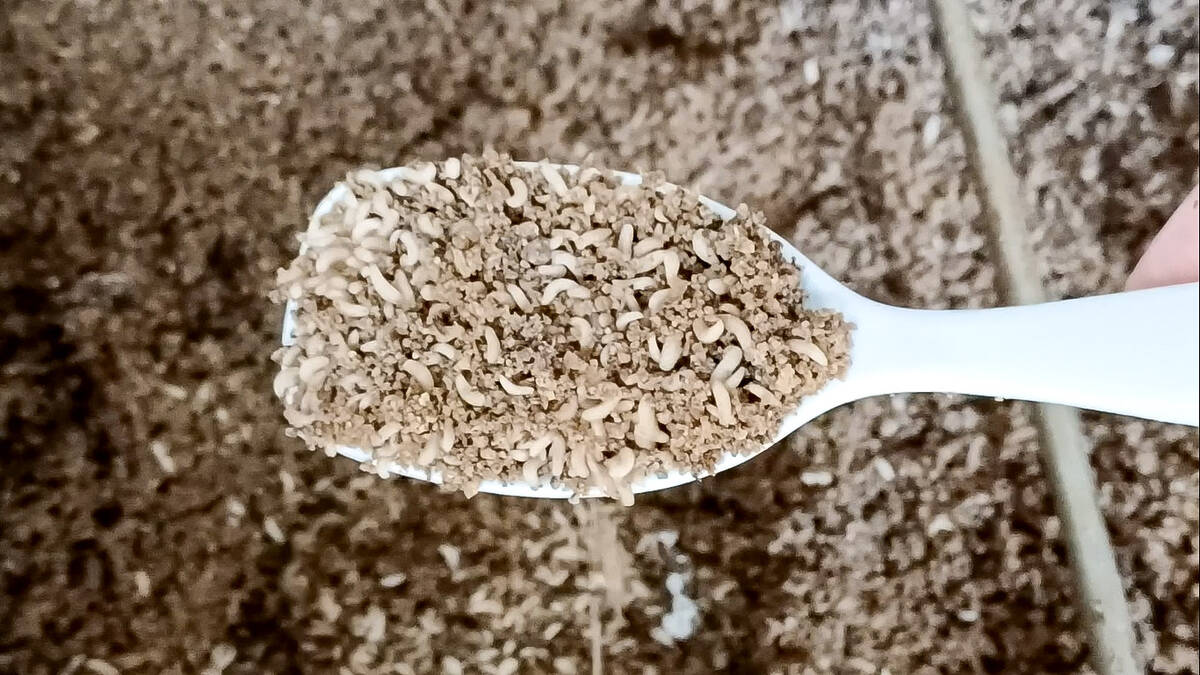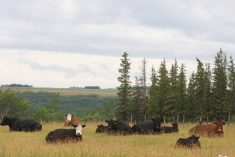Reaction from farmers was swift to last week’s announcement by the Pest Management Regulatory Agency (PMRA) that it plans to phase out most uses of neonicotinoids in Canada over the next three to five years.
Shock, confusion and anger pretty much sum it up.
Some said that if this relatively new class of products is banned, they’d just have to revert to older products — some of which are potentially more harmful — than the ones currently on the chopping block.
Read Also

Bug farming has a scaling problem
Why hasn’t bug farming scaled despite huge investment and subsidies? A look at the technical, cost and market realities behind its struggle.
If this were one of those television game shows, there would be a really irritating buzzer sounding off right now — and it’s not the one that says you’ve won the big prize.
This PMRA’s decision, which came on the heels of a California jury’s US$289-million decision in favour of a claim that blames glyphosate for a dying man’s cancer, are sending out some important signals about the future of chemically based crop protection. Farmers would be wise to heed them.
- Read more: Health Canada still on track for phasing out imidacloprid
- Read more: Neonic phase-out may limit flea beetle control tools
For the record, if I get cancer someday, I figure it will have more to do with my own eating and drinking habits than the glyphosate sprayed on the fields near where I live. I grew up on a zero-till farm in the 1970s and access to glyphosate was fundamental to making that system viable at that time.
So I’m not anti-glyphosate. Nor am I anti-pesticide in general. But neither am I pro.
The problem with how these discussions have unfolded over the years is that they’ve become polarized to the point of hysteria.
Being concerned about pesticide use is equated with being anti-agriculture. Likewise, urbanites see farmers as willing shills for the crop protection industry.
Somewhere in the middle, the regulatory agencies and unfortunately, now the courts, must be the arbiters — sometimes with good data to support their conclusions, sometimes without.
People have been asking questions about glyphosate for years, but scientists who published research looking into these questions have had their methods, data and conclusions challenged. Yet the data used to obtain regulatory approval for these products is considered proprietary and not available for public or even peer reviews.
It’s fair to question how products are used, even after they have been approved. As a group of 15 researchers pointed out in an open-access article in the Journal of Epidemiology and Public Health in June 2017, use of glyphosate herbicides increased more than a hundredfold from 1974 to 2014 and the product is being used in ways that weren’t envisaged when it first came out, such as a pre-harvest desiccant. The article can be found at the Journal for Epidemiological & Community Health website.
“Although GBH (glyphosate-based herbicide) use has increased dramatically in the last 10 years, most of the science used in the risk assessment process to support its safety was conducted more than 30 years ago,” the article says.
“It is incongruous that safety assessments of the most widely used herbicide on the planet rely largely on fewer than 300 unpublished, non-peer-reviewed studies while excluding the vast, modern literature on glyphosate effects.”
These authors called for more independent research, particularly to track how increased human exposure is or isn’t affecting health. Any takers?
Messaging from farmers and the industry is often inconsistent. They say to trust the regulatory system that has approved these products — until of course, that same regulatory system changes its mind, as is the case with the PMRA’s reversal of its stance on neonics. Then they see the science as suspect.
They pay lip service to the notion of integrated pest control but continue to pursue a monoculture approach to management. Would neonics have become an issue for aquatic insects if they were being used occasionally, instead of all the time?
Hardly a month goes by in which we don’t quote agronomists, including from chemical companies, telling farmers to avoid overuse to maintain their product effectiveness. Farmers don’t need to study to tell them why; they see it in their fields — the patches of weeds that don’t respond to any chemicals. Resistant Palmer amaranth, which you can’t kill with anything except a hoe, is now present in northern-tier states.
There is also evidence that glyphosate residues are showing up in Canadian cereal and pulse crops, and some customers are refusing to accept crops that have been treated pre-harvest.
So the agricultural community needs to consider how it reacts to these developments, and avoid defensive claims that anti-science nuts are simply trying to put them out of business. In fact, the scientists, regulators and customers are all on the same page as farmers when it comes to chemical use.
It’s all pointing to the same conclusion: farmers need to diversify their pest control practices, or risk losing access to chemical options altogether.















